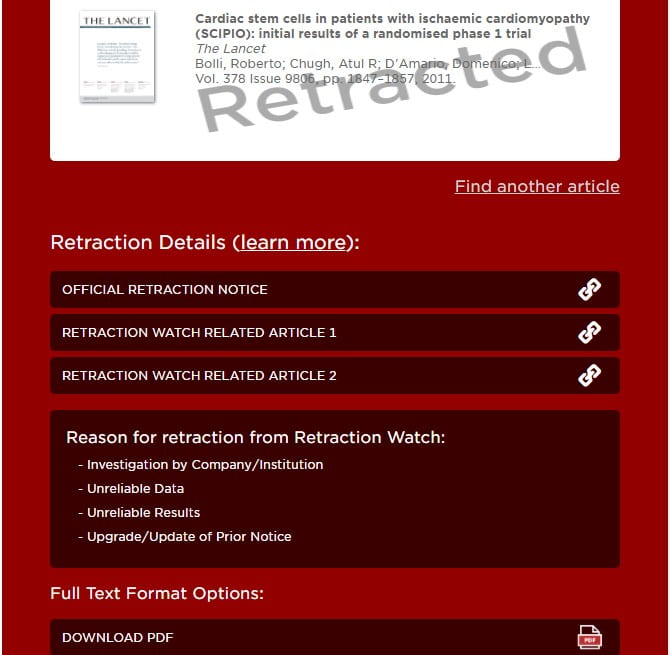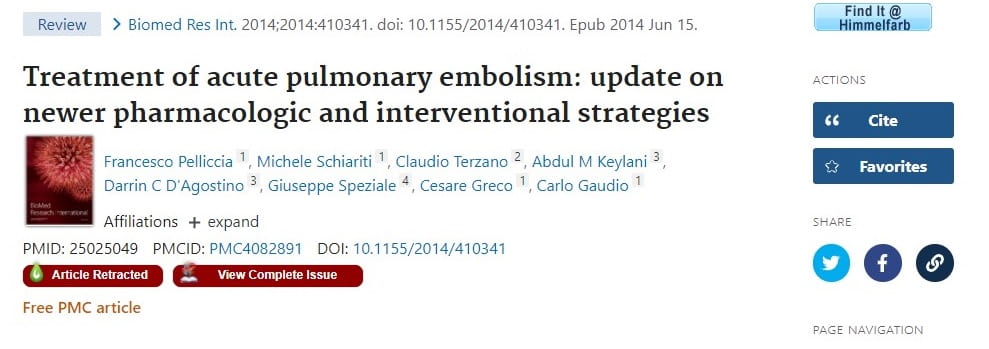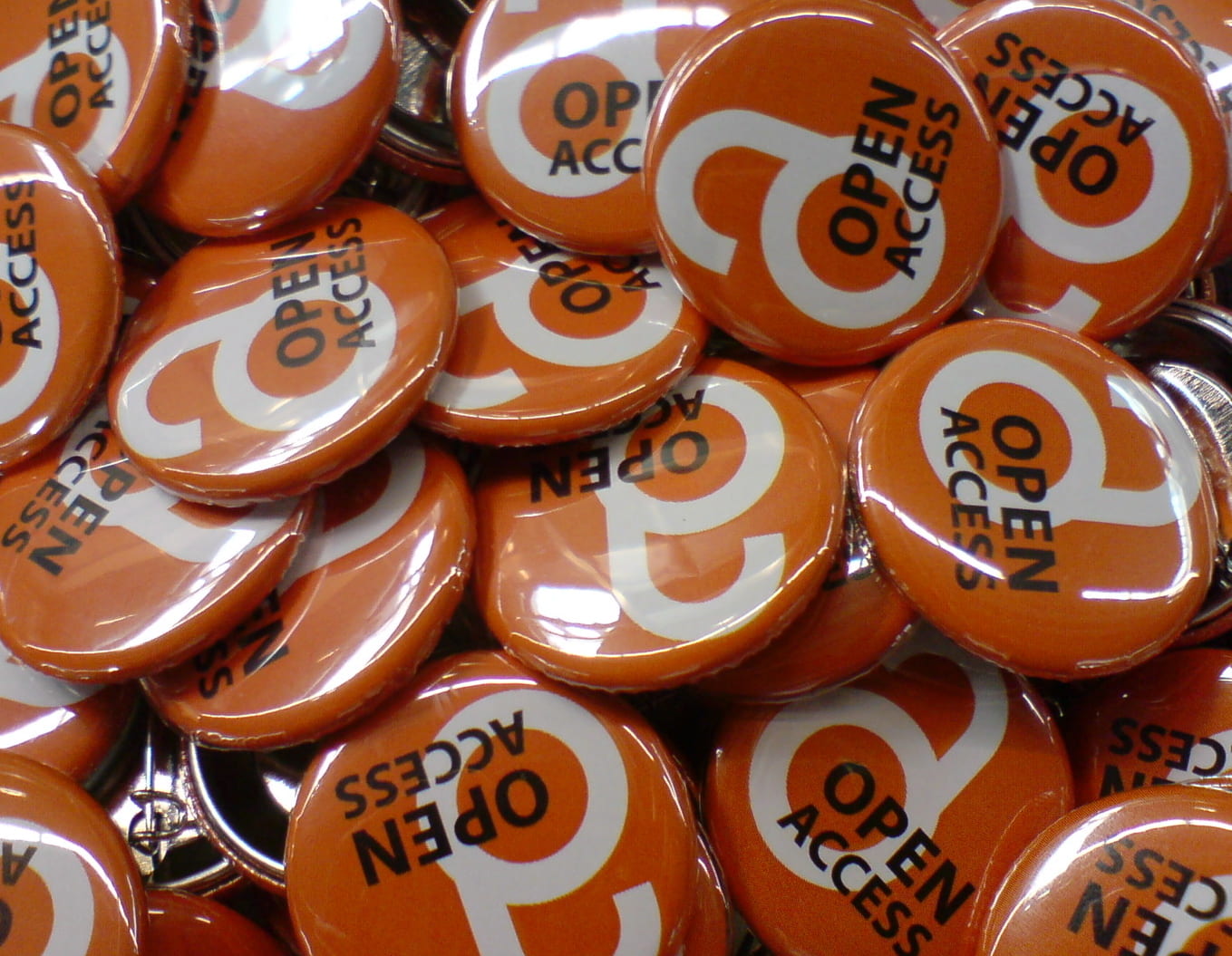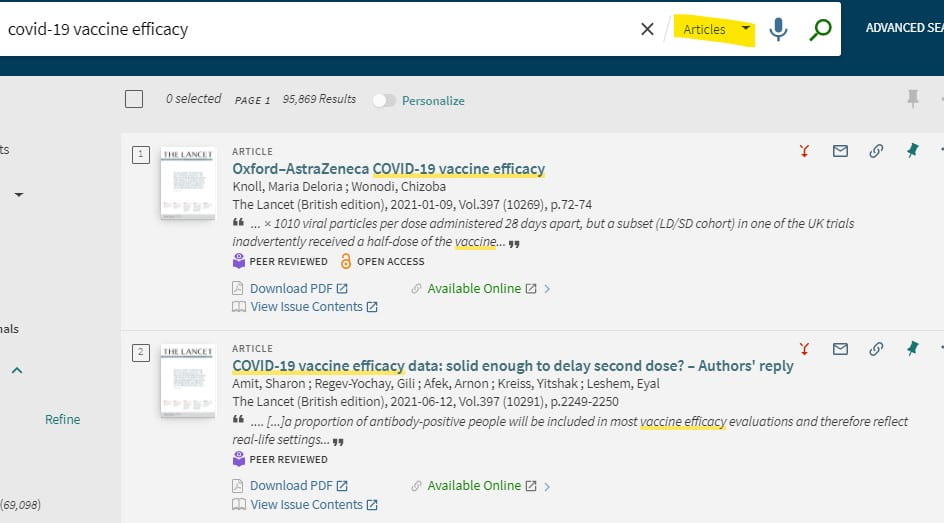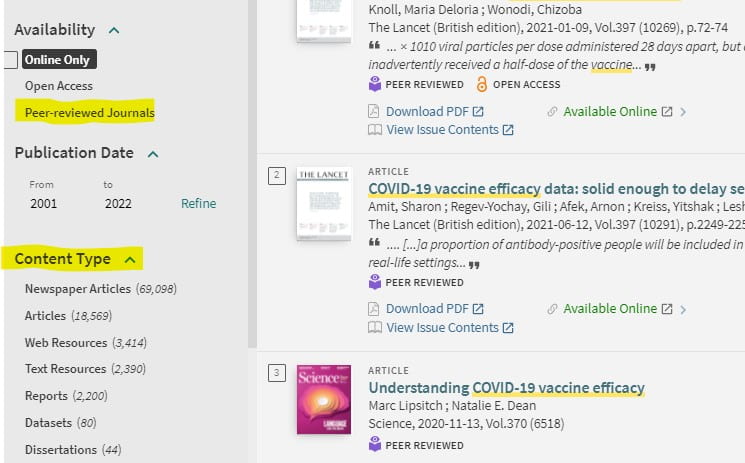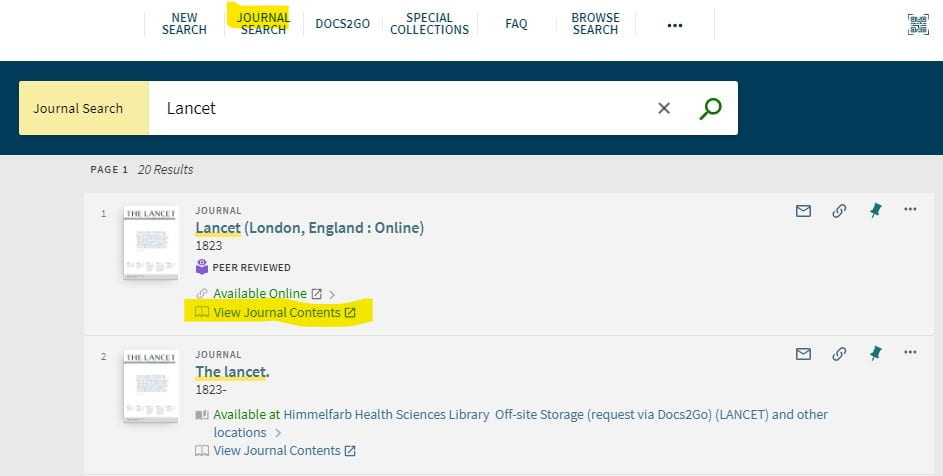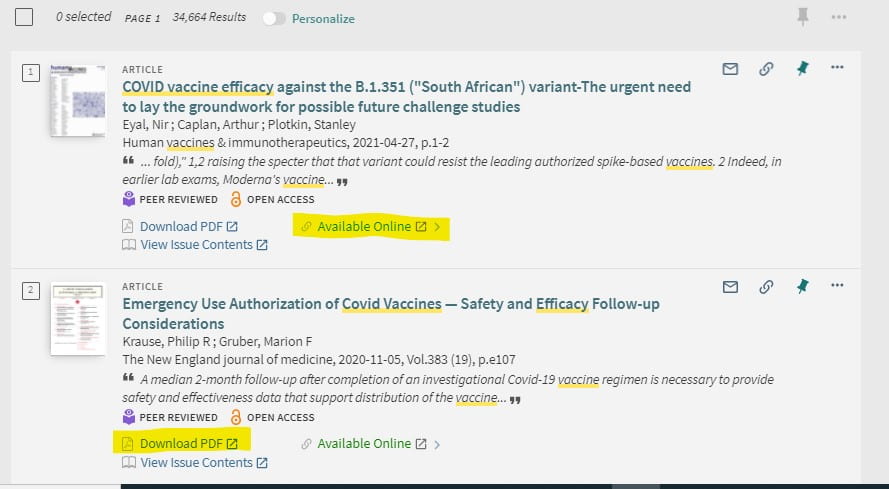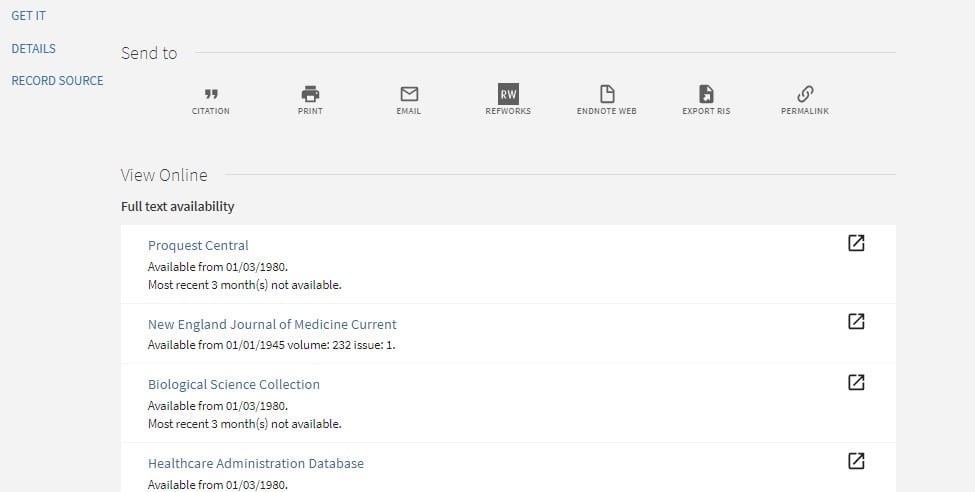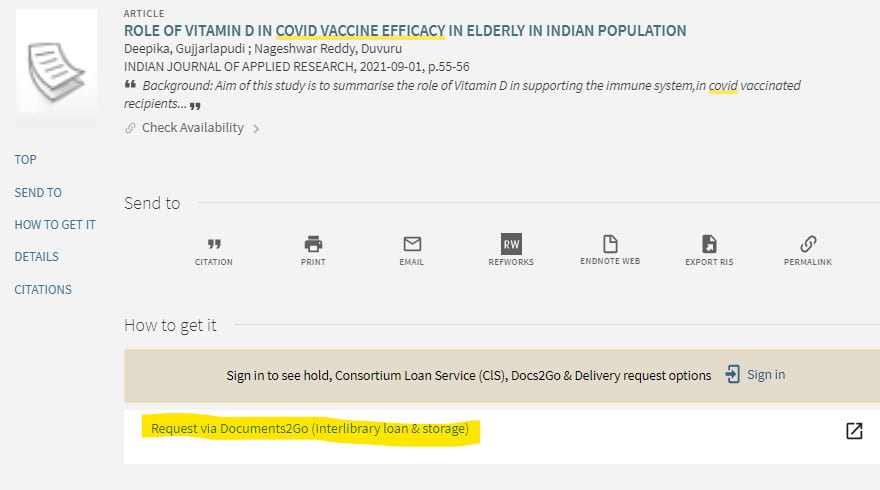
Whether you’re a new Himmelfarb Library user, or have been using the library for years, chances are there are things you don’t know about us. We’d like to take this opportunity to help you get to know us, or get reacquainted with us and all that we have to offer!
Getting Help is Easy! Just Ask Us!
Whether you need help finding a specific full-text article, identifying a resource for your research, formatting a citation, or have a more in-depth question about conducting a literature review, a systematic review or managing your data, our reference librarians have the knowledge and know-how to help! Stop by our reference desk, chat with us using the “Ask Us” button on our website, call us (202-994-2850), email us (himmelfarb@gwu.edu), or text us (202-601-3525) for help. We look forward to answering your questions, large or small!
Our Collections
Himmelfarb has extensive collections that include 125+ databases, 6,700+ ebooks, and 6,500+ electronic journals that are available 24/7 from on and off-campus! We also have thousands of print books in our basement level stacks that are available for check out. Most books can be borrowed for three weeks. But don’t worry - if you need more time, you can renew most items twice by stopping by or calling our Circulation Desk (202-994-2962), or logging into your library account.
In the event that we don’t have an article or book that you need, we can get it for you through our Docs2Go (ILL) or Consortium Loan Service (CLS) programs. Check out our Borrowing From Other Libraries page to learn which option is best for you!
On-Site Access & Use
Masking is a Must!
Remember that masking is still required in the library in accordance with GW’s current mask protocols. Please wear a mask while spending time in Himmelfarb for your own safety, and for the safety of those around you. Hand sanitizer is also available throughout Himmelfarb.
Himmelfarb Tour
Take a quick virtual tour of Himmelfarb to help you get acquainted with our space!
Study Rooms & IT Support
We have plenty of study rooms available on our second and third floors. Study rooms must be reserved and can be booked up to seven days in advance. The SMHS Technology Support Center is located on the third floor in the Bloedorn AV Study Center for all of your IT support needs.
Technology Resources
Himmelfarb’s Bloedorn Technology Center, located on our third floor, offers statistical software, including SPSS, Stata, SAS, NVivo, MATLAB, and Atlas.ti on select computers. We also have equipment such as digital camcorders and digital voice recorders for loan to support curricular development and activities, but these items must be reserved in advance.
3D Printing
Thanks to a generous grant from the GW Hospital Women’s Board, we are proud to offer free 3D printing! To learn more, check out our 3D Printing at Himmelfarb Guide.
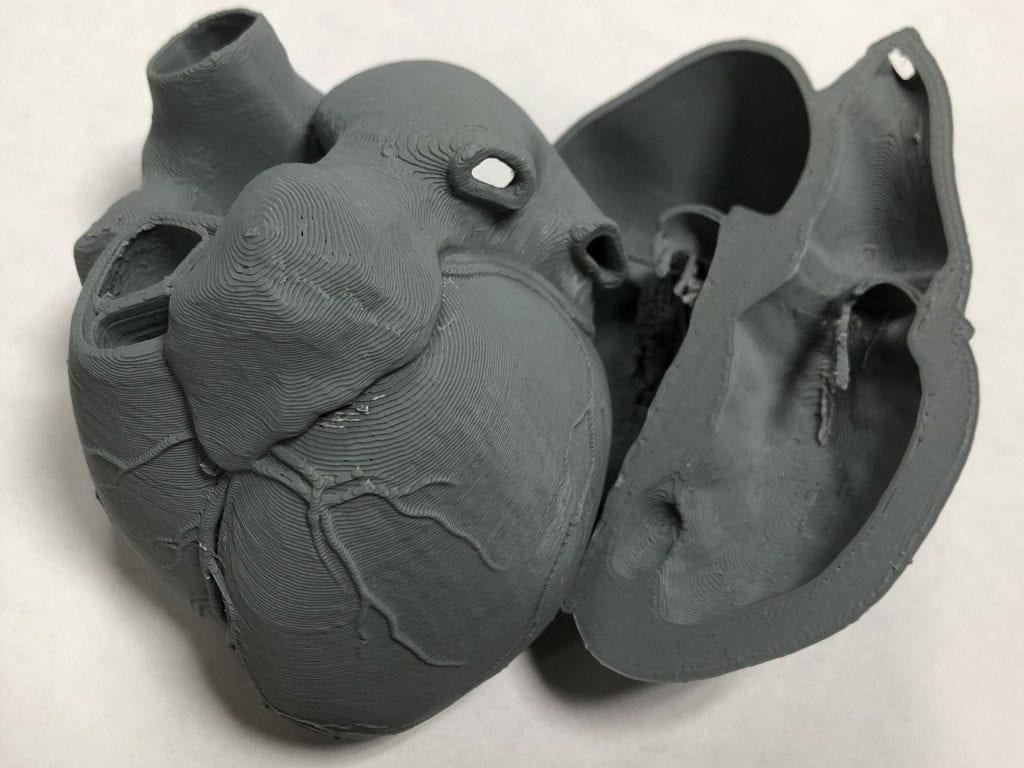
Off-Campus Access
All of Himmelfarb’s electronic resources are available 24/7 from anywhere! Just login with your GW UserID and password, or via the GW VPN. If you have trouble accessing any of our resources, reach out to us (himmelfarb@gwu.edu) so we can help troubleshoot, resolve issues and restore access as soon as possible.
Services and Support
Instruction:
We have services to help faculty and instructors use and connect Himmelfarb’s resources in the classroom. Our Durable Links Service will check, fix, or create new links to our resources that work from both on and off campus so your students will be able to access materials from anywhere. Our Course Reserves service provides access to electronic, print, and streaming course materials. Do you use a book in a course that Himmelfarb doesn’t currently own? Contact Acquisitions Librarian, Ian Roberts, and we will consider purchasing items for use in your courses.
Research Support:
Whether you are a faculty member, researcher, or student, Himmelfarb can help you be successful in your research! Are you working on your Culminating Experience project? Himmelfarb librarians provide individual consultations to help get your project started - and keep it going.
Are you working on a systematic review and could use some support? Check out our Systematic Reviews Guide for in-depth information on the process. Himmelfarb also provides access to Covidence, an online tool that streamlines parts of the systematic review process such as screening references, and creating and populating data extraction forms. You can also use our Systematic Review Service for additional librarian support!
Check out our tutorials for help with navigating databases, using specific software such as ArcGix, MATLAB, RefWorks, SPSS, or Camtasia, and for help with a wide array of research topics. Our Resources for Early Career Researchers Guide can help new researchers understand and navigate the research and publishing landscape. Check out our Scholarly Publishing Guide for information and resources related to publishing, researcher profiles, author rights, and measuring the impact of your research. Scholarly communications webinars and short tutorials are also available on this guide!
Himmelfarb Library Can Help!
Whether you are a student, faculty, or staff member, Himmelfarb Library has the resources and knowledge to help make your studies and research successful. From study space, extensive collections of resources, to expertise in systematic reviews and publishing, we have something for everyone!





